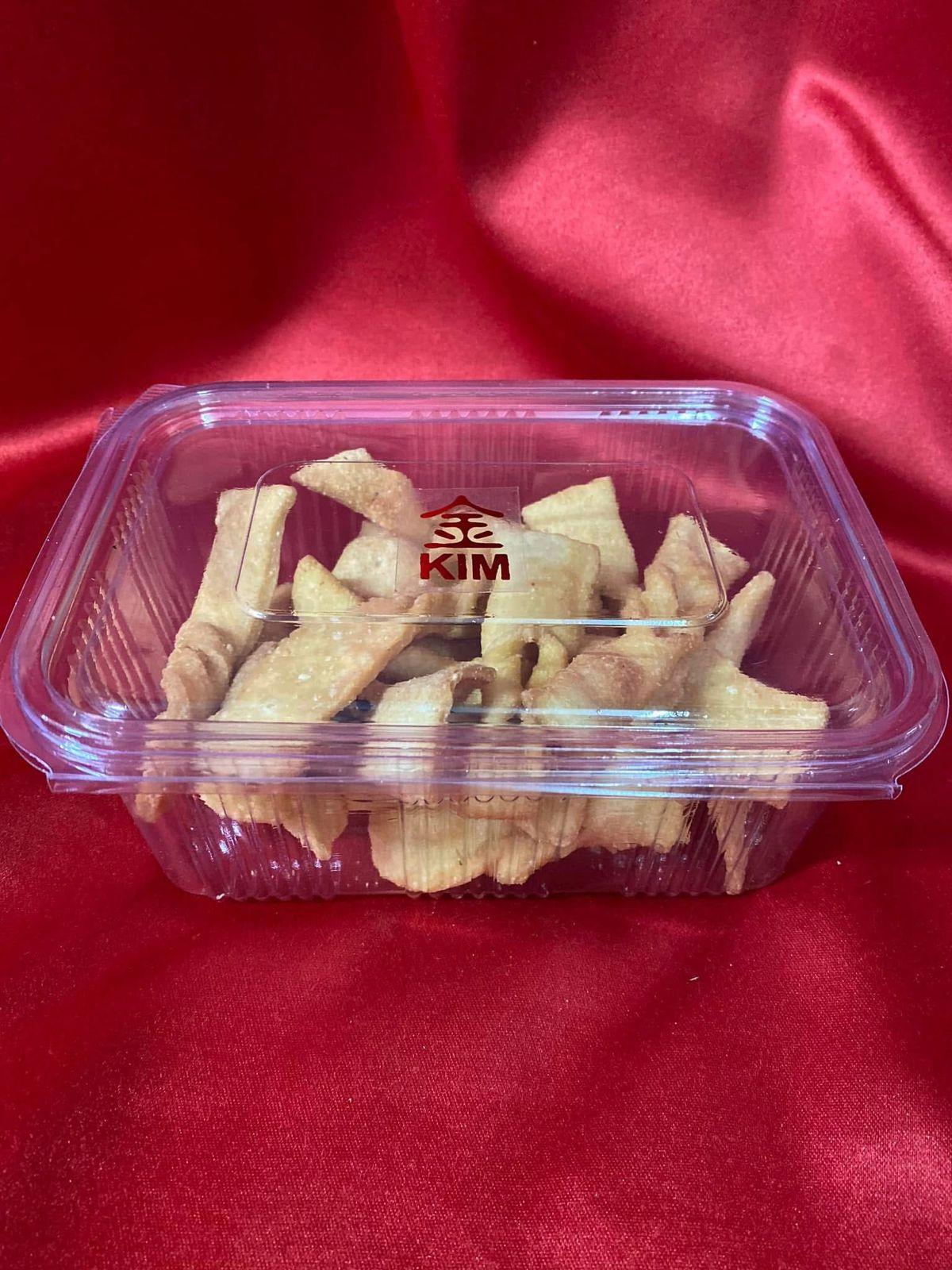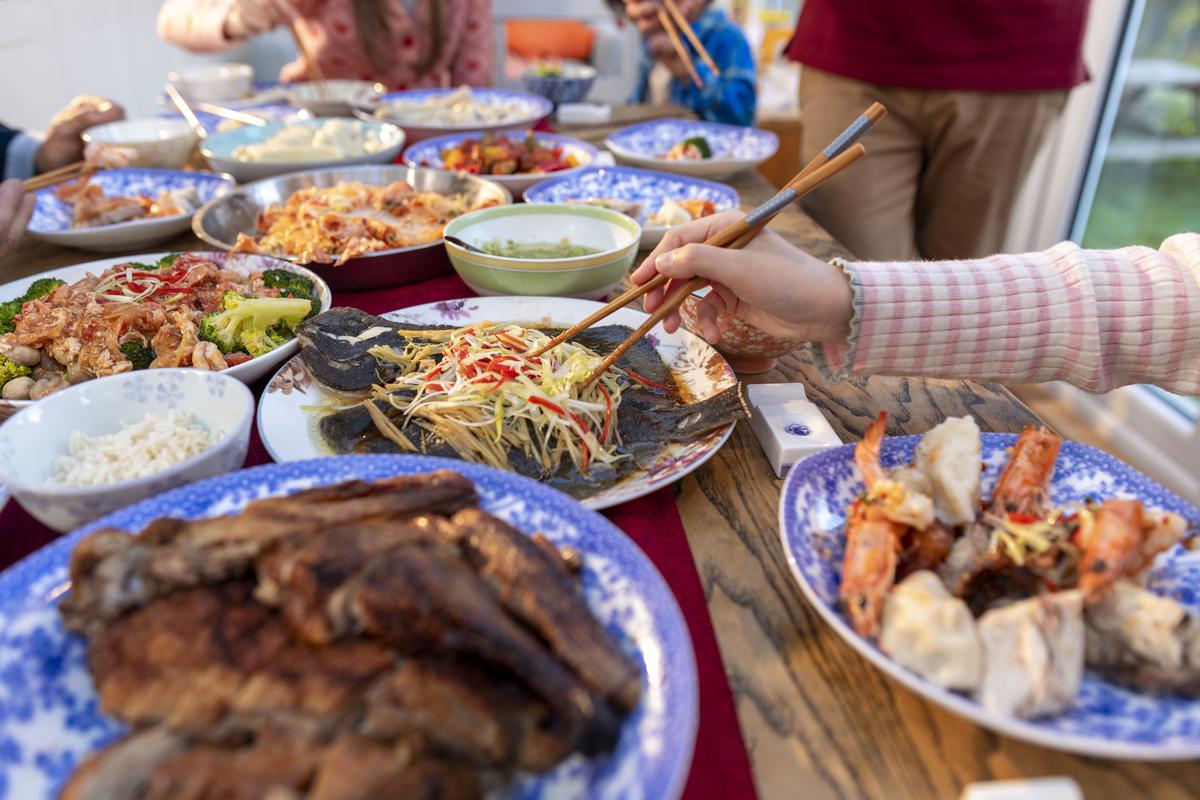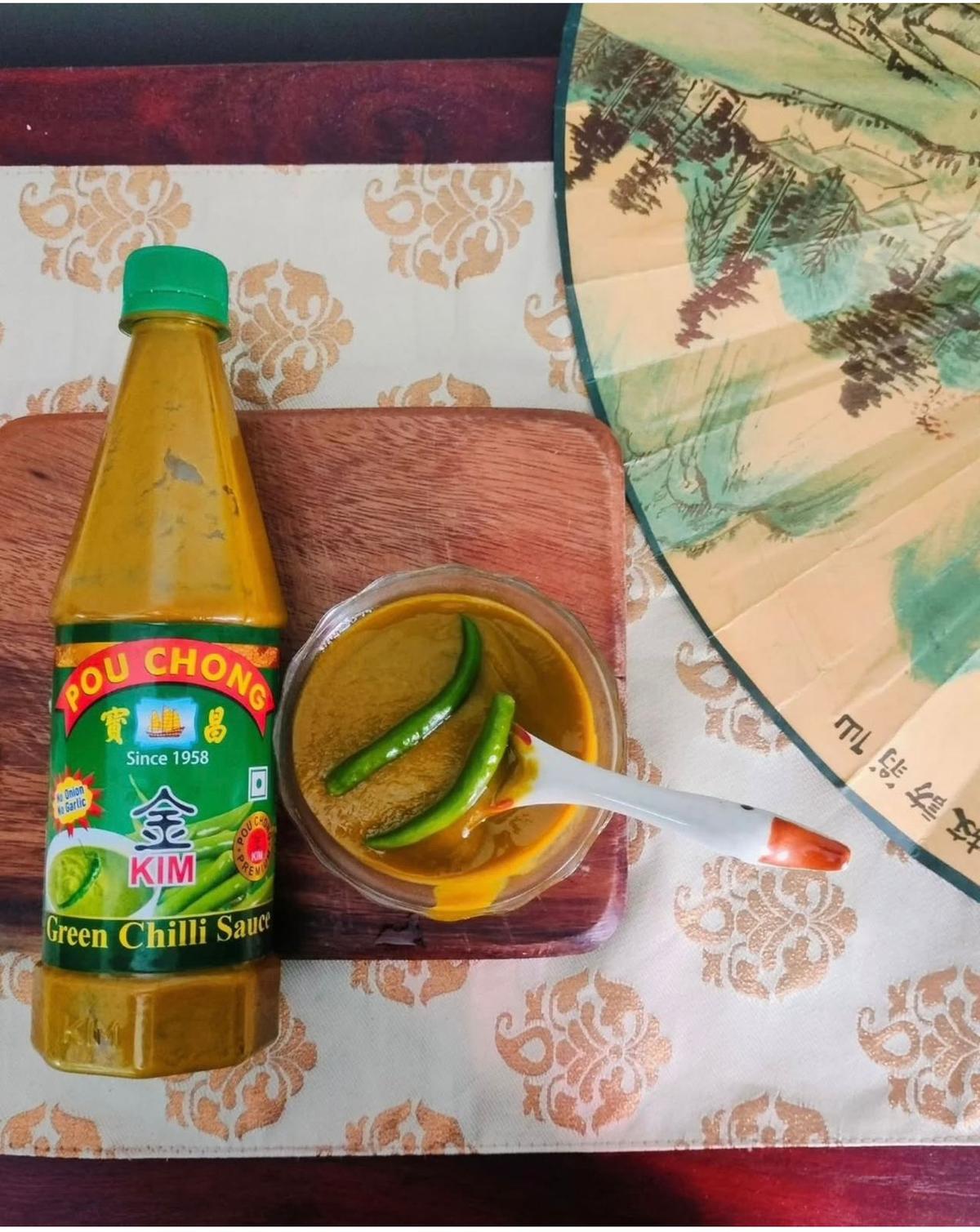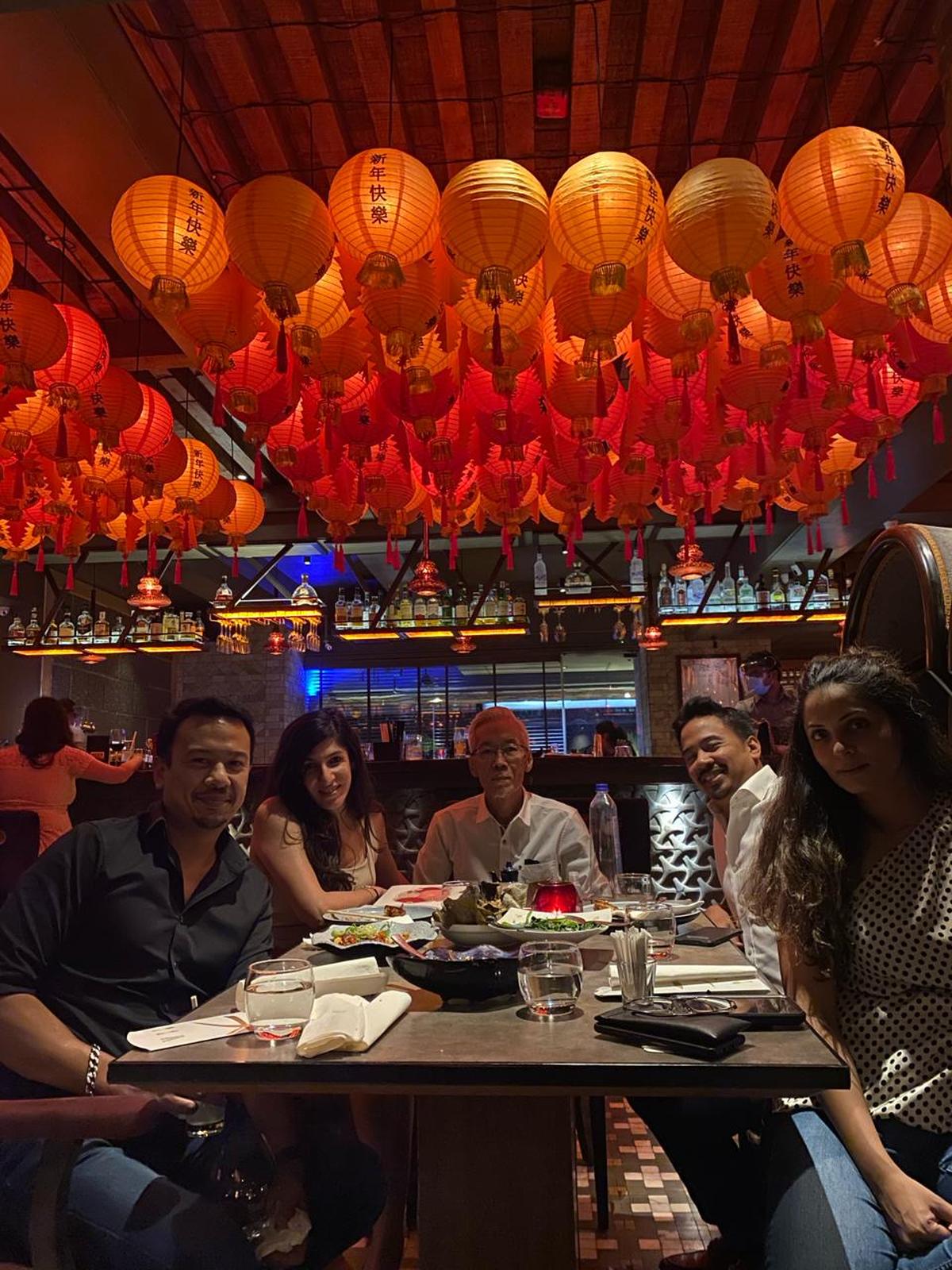In the week leading up to Chinese New Year, Kolkata’s Tiretti Bazaar transforms into a vibrant reflection of the city’s Chinese-Indian heritage. Red lanterns, symbolising prosperity and good fortune, adorn the streets, while calligraphy banners on shopfronts wish visitors health, happiness, and success for the year ahead.
Victor Chen, originally from Kolkata and now based in Mumbai as general manager of Courtyard by Marriott Mumbai International Airport, makes it a point to return home for the festivities. Despite the dwindling Chinese-Indian population in Tiretti Bazaar — once around 20,000 but now closer to 2,000 — many traditions remain intact. “This is when we see family from all over the world. In the lead-up to the festival, households prepare traditional dishes like prawns and fish, which are integral to the celebrations,” he explains.
Members of the Chinese community perform the dragon dance as a part of preparations ahead of the Chinese New Year
| Photo Credit:
Sudipta Das/Getty Images
One popular treat during this time is a sweet, deep-fried snack made from dough (which Victor refers to as ‘tn san’), often enjoyed with tea or breakfast. Families also prepare festive favourites such as prawns and fish crackers, which are exchanged with neighbours and relatives as a gesture of goodwill. “There’s a playful competition to see whose snacks are the best, and this tradition begins about a week to 10 days before New Year, setting the tone for the celebrations,” says Victor.

Maafa, a sesame-coated sweet and salty cookie
| Photo Credit:
Special Arrangement
The bazaar also becomes a hub for festive food. Stalls serve wonton soup, dumplings, sticky rice in banana leaves, roast pork, and char siu. Desserts like egg tarts and sesame balls, passed down through generations, remain favourites.
Janice Lee, a resident of Tiretti Bazaar, highlights the role of her family’s Pou Chong sauces in Kolkata’s Indian-Chinese cuisine since 1958. “Our dark soy sauce was key to the creation of Kolkata’s iconic chilli chicken,” she says, referring to the city’s fusion of Hakka flavours and local ingredients.

A Chinese feast
| Photo Credit:
SolStock/Getty Images
Pou Chong was founded by Janice’s grandfather, Lee Shih Chuan, who came to India from Meixian, China, in the 1920s. Initially herbal doctors, the family transitioned into crafting sauces, blending Chinese and Indian flavours. Today, Pou Chong produces over 20 varieties, including dark soy, sweet and sour, garlic chilli, and Tangra-style chilli chicken sauce.

The Pou Chong green chilli sauce
| Photo Credit:
Special Arrangement
Janice recalls how family gatherings featured 10-course meals around traditional round tables. “We’d have dishes like steamed fish, steamed chicken, Hakka noodles, and chilli chicken. Food and culture are deeply connected, with dark and light soy at the heart of most dishes,” she says.
A festive favourite is maafa, a sesame-coated sweet and salty cookie. “These cookies bring back memories of family and celebration. They’re often shared among relatives, adding to the sense of togetherness,” says Janice.
On Chinese New Year’s Eve, most families in Kolkata’s Chinese community have dinner at home before heading to Tangra, the city’s new Chinatown. By 9.30 pm, the central area becomes a hub of activity with lion and dragon dances, accompanied by the sound of firecrackers and drums. The lion dance, symbolising good luck, weaves through the streets. By 11 pm, families gather at Tangra’s Chinese temple, offering prayers and welcoming the New Year with hope and gratitude.
Across the pond
Mumbai’s Chinese community, established in the 19th century, initially settled in areas like Mazgaon and Kamathipura. Many arrived as traders, artisans, and sailors, setting up businesses such as restaurants, shoe stores, and beauty parlours. By the 1960s, the population peaked at around 15,000, but the Sino-Indian war of 1962 led to significant emigration to countries like Canada and Australia. Today, Mumbai’s Chinese-origin population is estimated at around 4,000, comprising multi-generational families and newer expatriates. The Kwan Kung Temple in Mazgaon remains a cultural anchor, hosting traditional gatherings.
Sylvia Chen, a Breach Candy-based hairstylist, prepares a symbolic number of dishes for Chinese New Year. “Even numbers bring balance and luck, and eight is especially auspicious as it symbolises prosperity. This year, I’m making 10 dishes while incorporating modern influences. For instance, I’m preparing fried pomfret with black bean sauce instead of the traditional steamed version,” she says. With a family that includes Bengali and Punjabi in-laws, Sylvia adds Indian flavours to the mix.
“Corn and carrot soup represents prosperity and growth because corn symbolises multiplication. Fish signifies abundance, while noodles are for longevity. A round dish, such as a pork and prawn preparation, symbolises unity and family togetherness,” she explains. After dinner, her family exchanges hongbao (red envelopes) with the children, symbolising blessings and prosperity.
Memories of the past
Keenan Tham of KOKO and Foo, a modern pan-Asian restaurant in Mumbai, reminisces about Chinese New Year during his childhood. With a Chinese father and Indian mother, the celebrations were led by his grandparents, who adhered closely to tradition. “My grandmother prepared lavish meals with dishes like wonton soup, pork buns, special rice, and home-style Chinese recipes you wouldn’t find in restaurants,” he recalls.

The Thams dining at KOKO
The celebrations had a strong religious element, with mandarins as offerings, incense sticks, and prayers. His grandfather, Tham Mon Yiu, who opened some of Mumbai’s earliest Chinese restaurants, including Mandarin and Kamling, also invited friends from the local Chinese community to their home or restaurants. While these gatherings have become less frequent, Keenan cherishes the memories of those family-oriented celebrations.
Published – January 22, 2025 05:35 pm IST